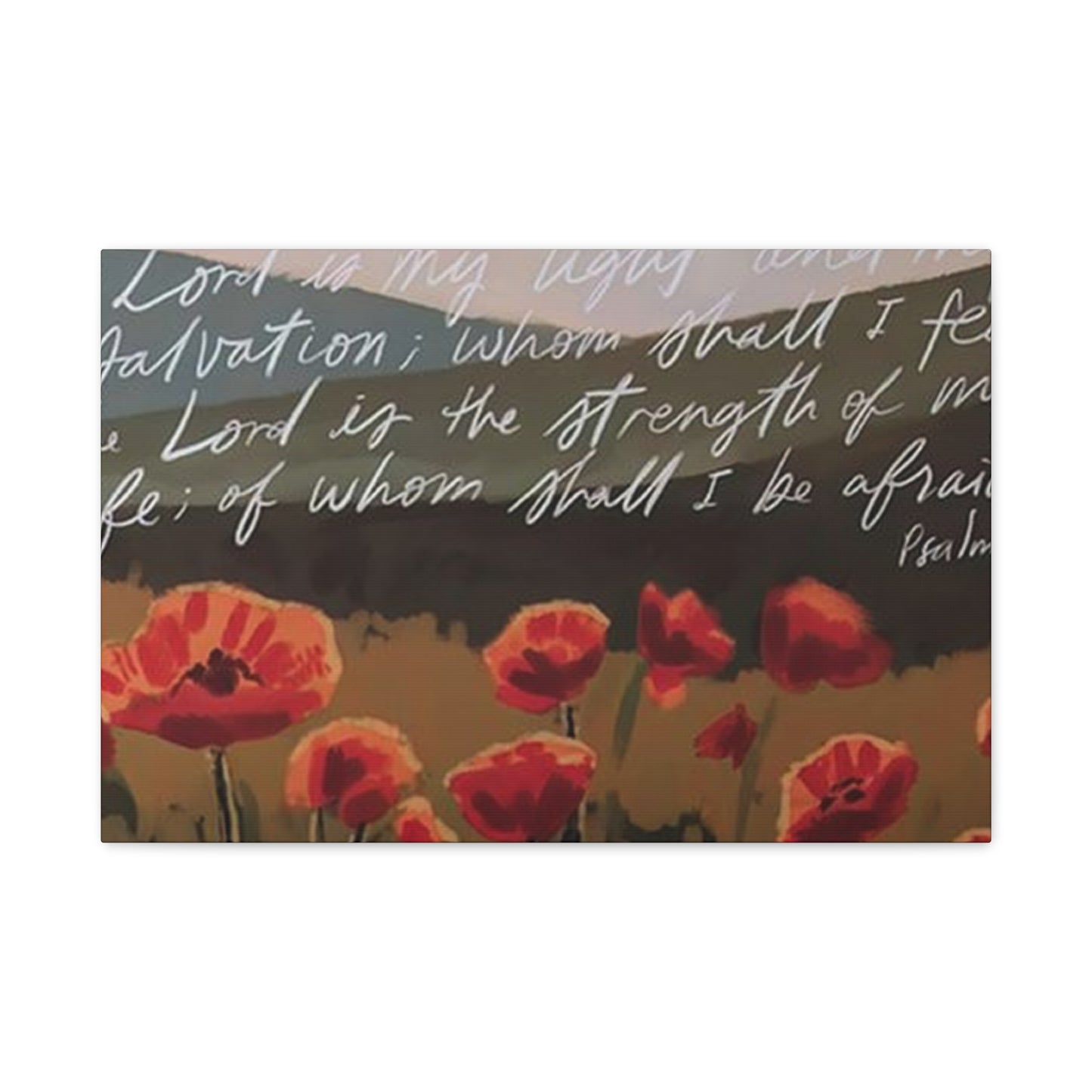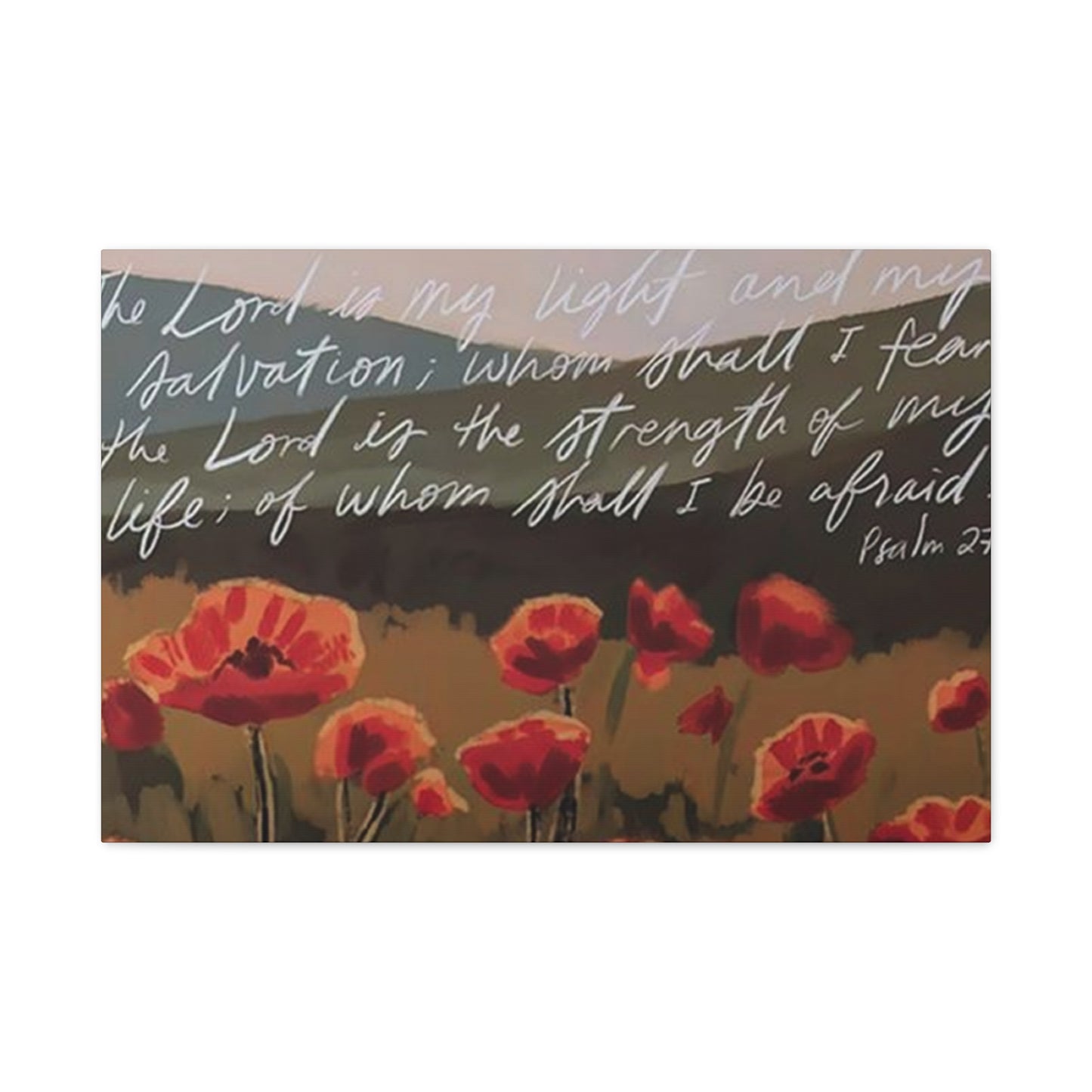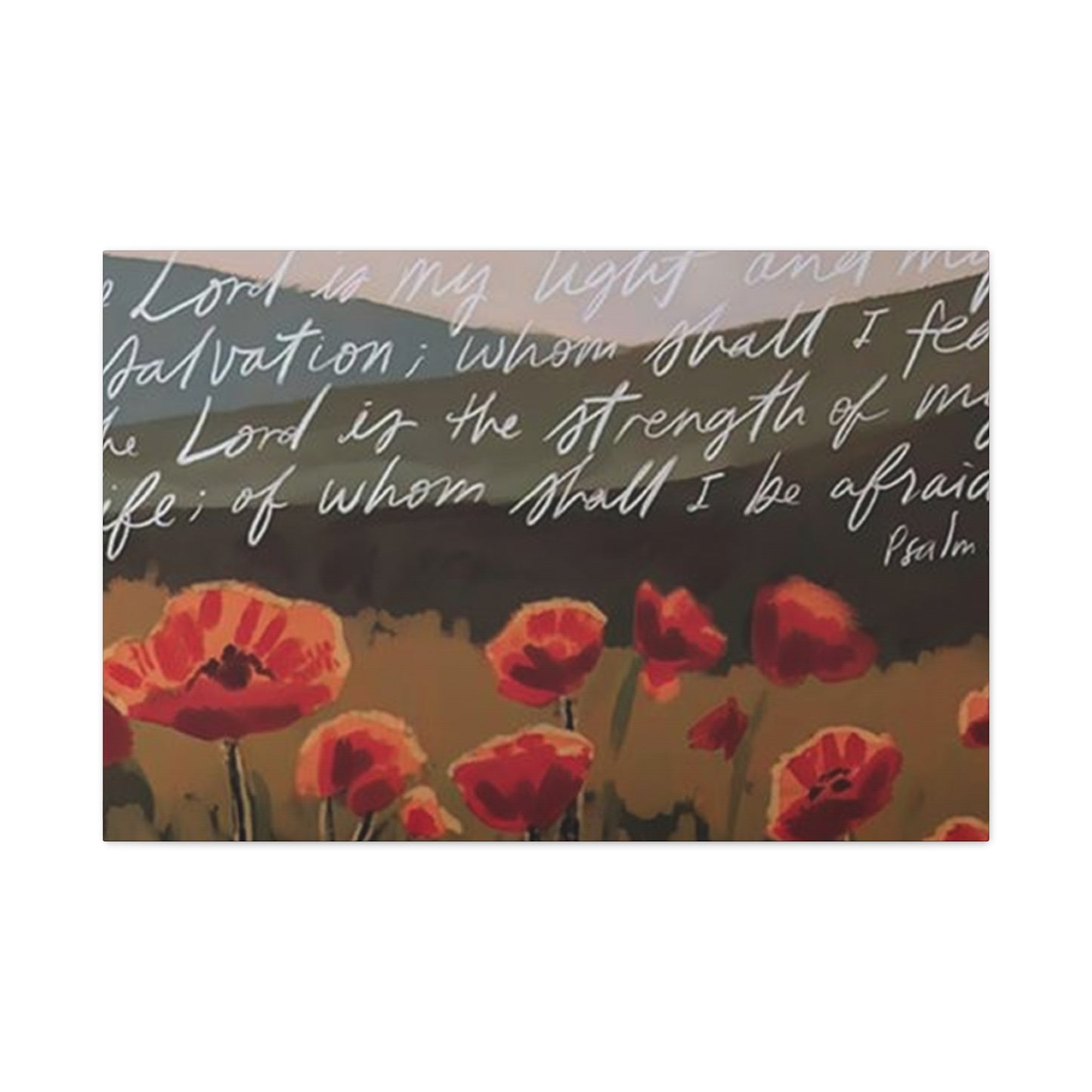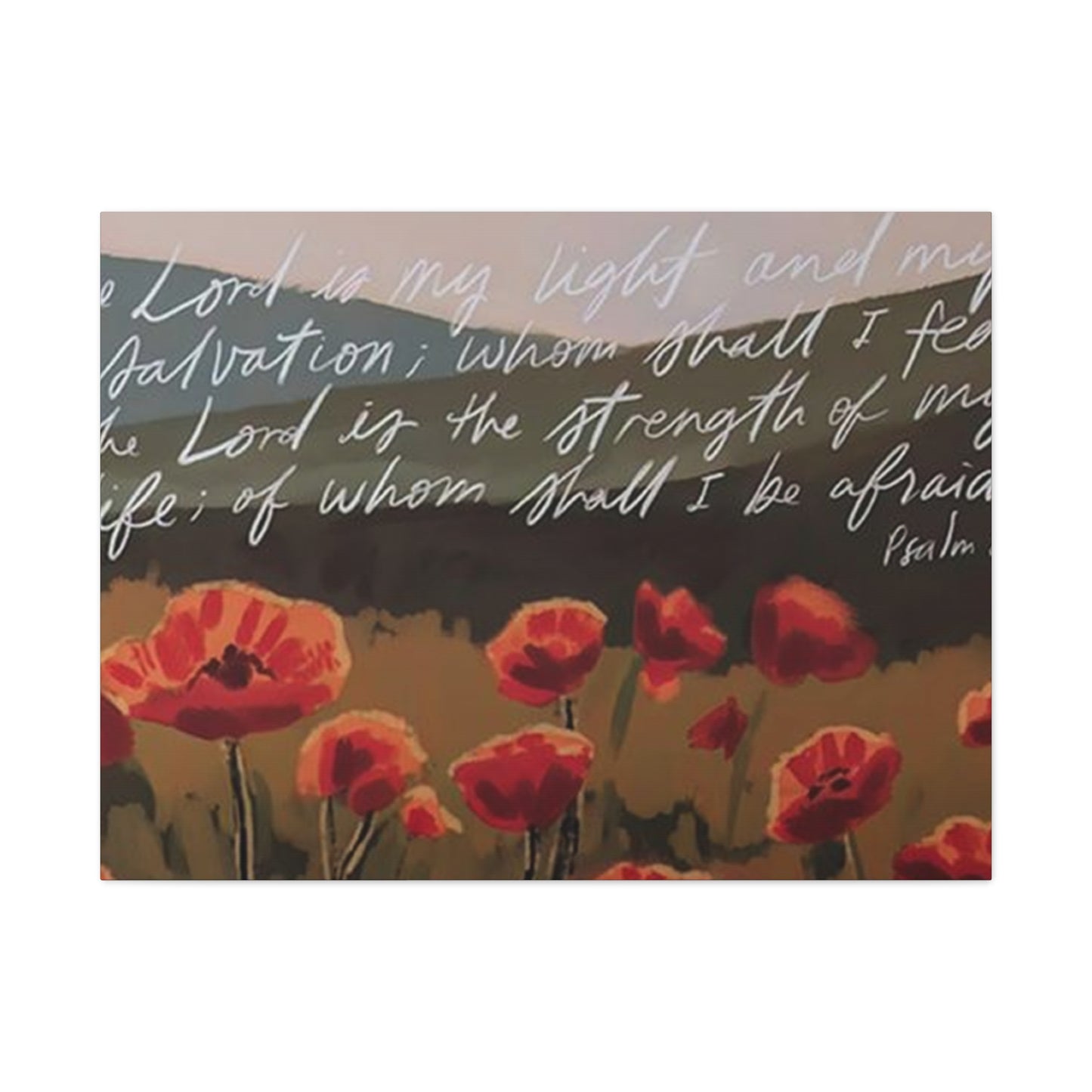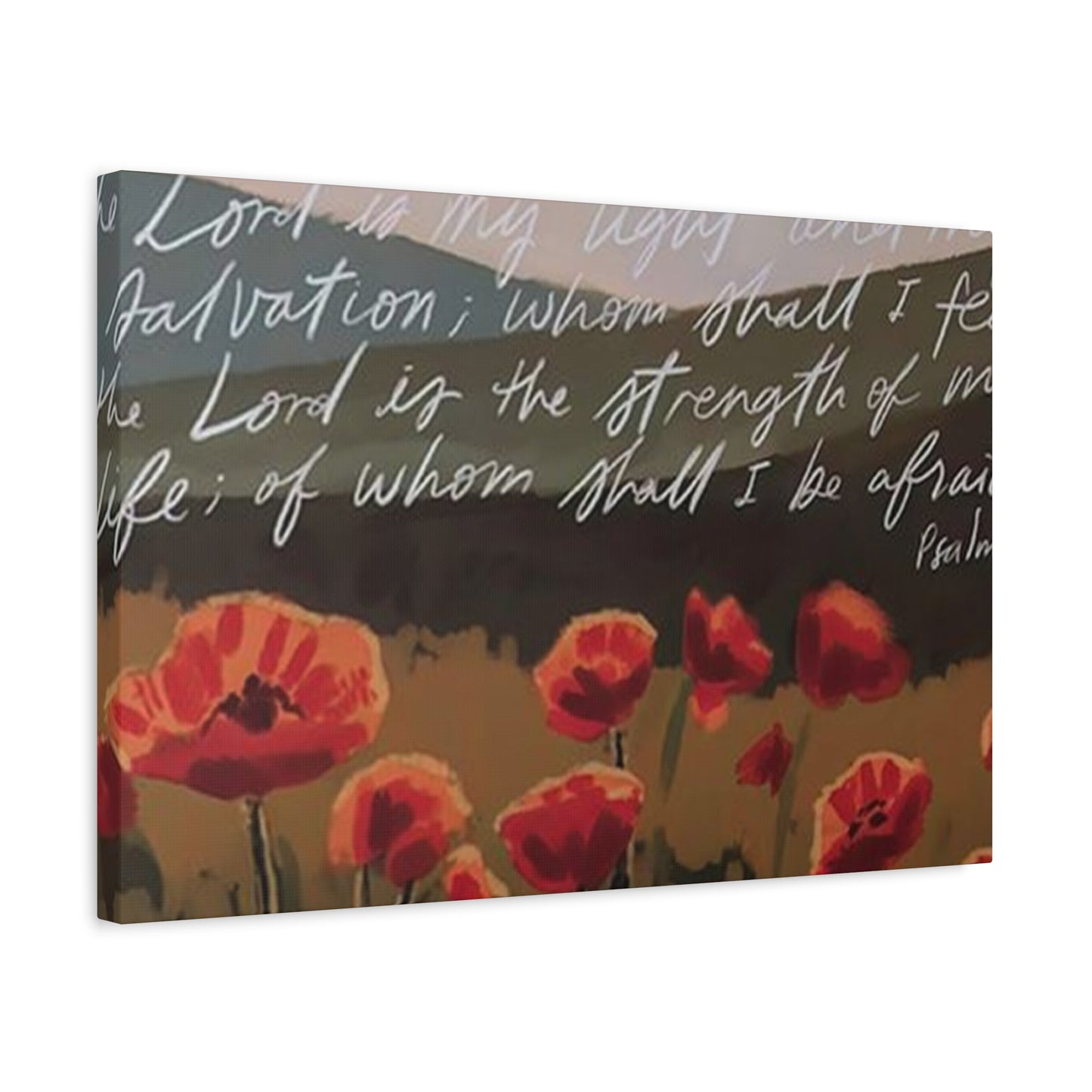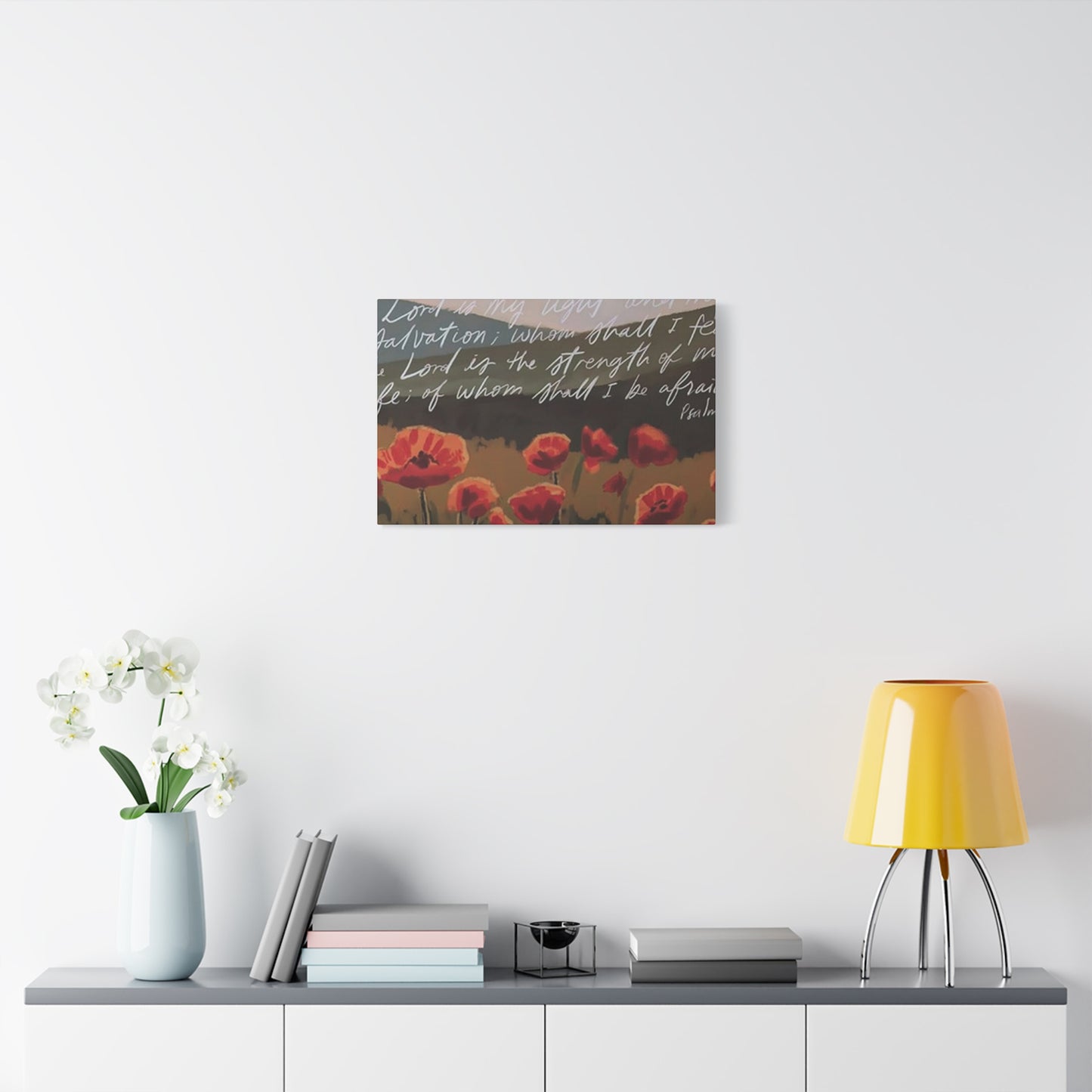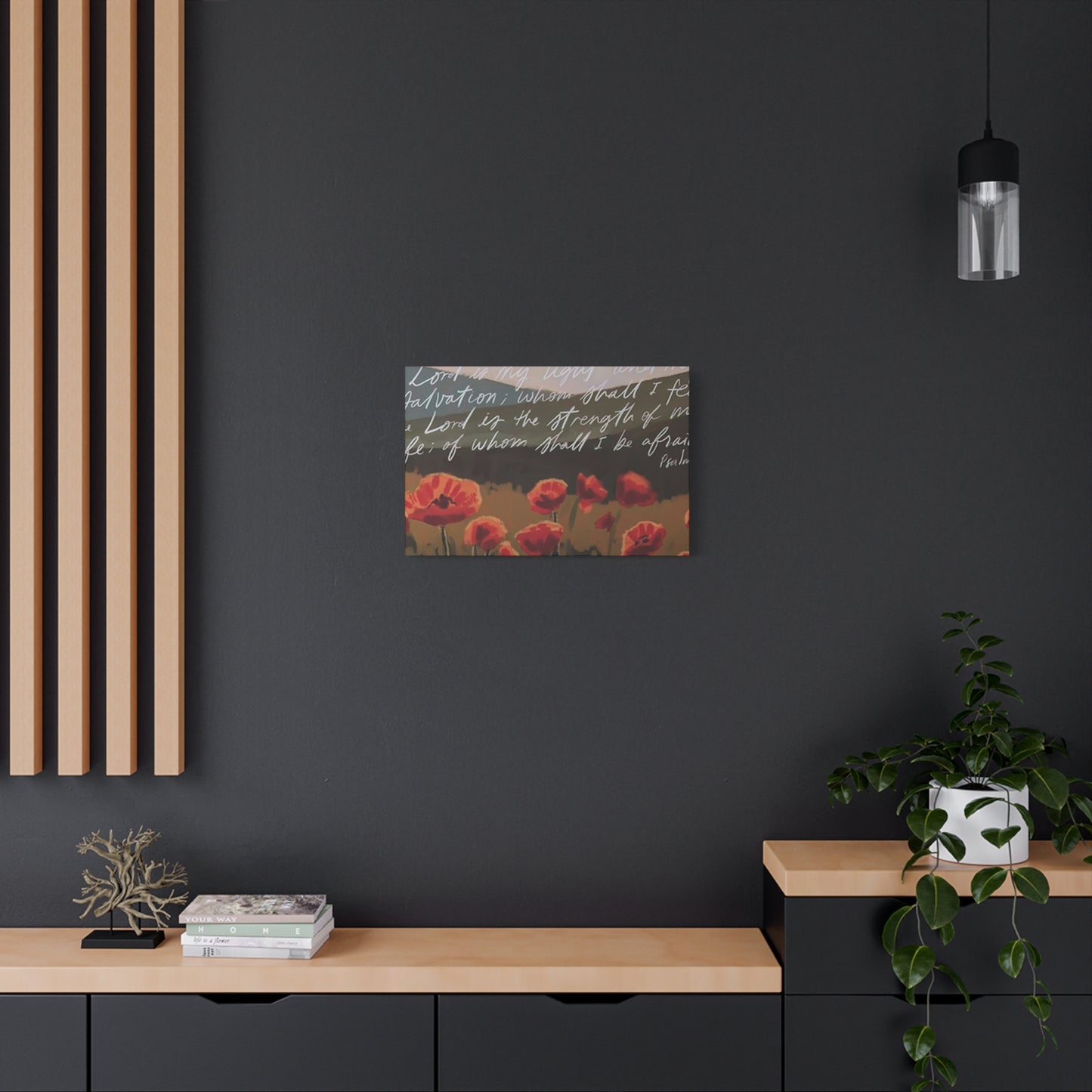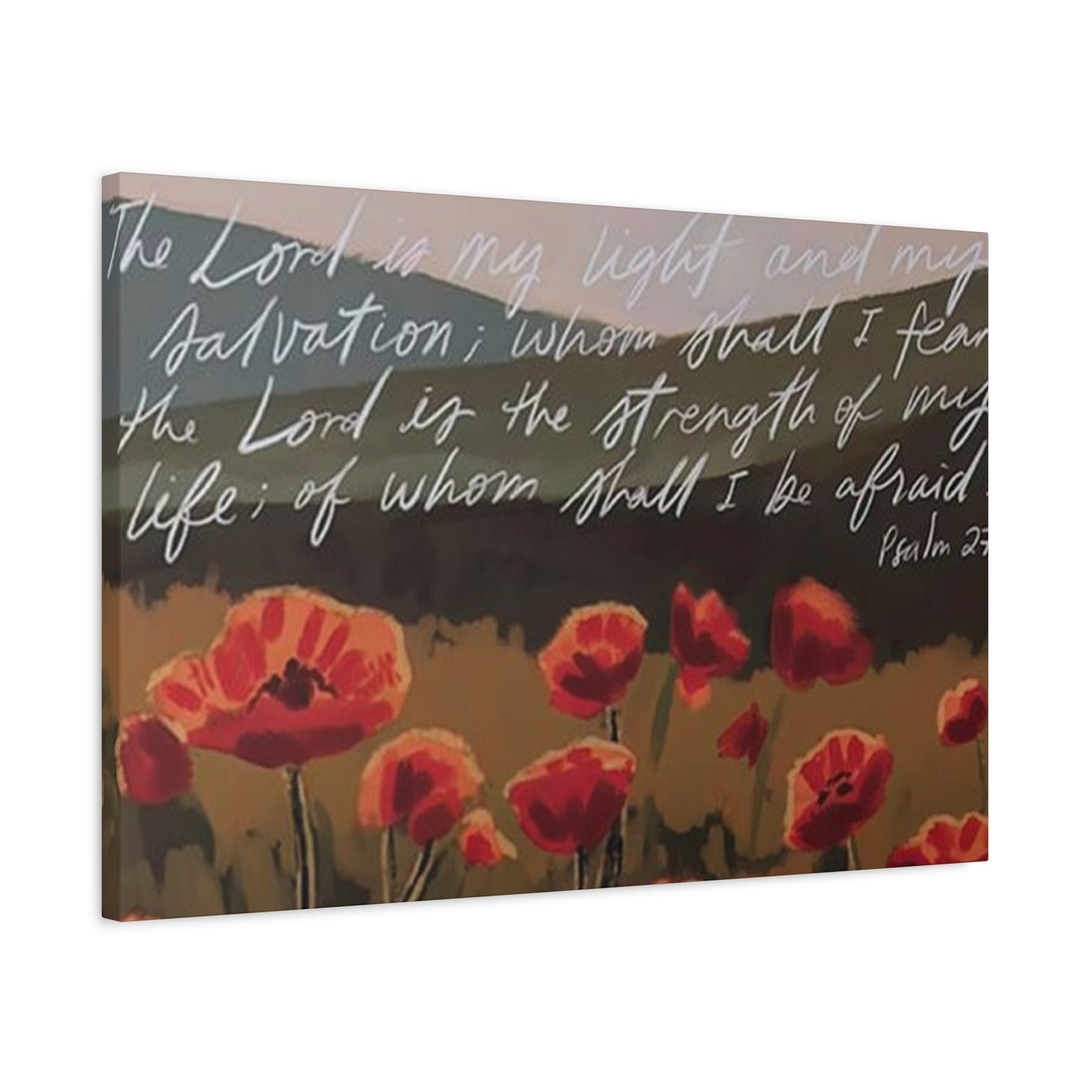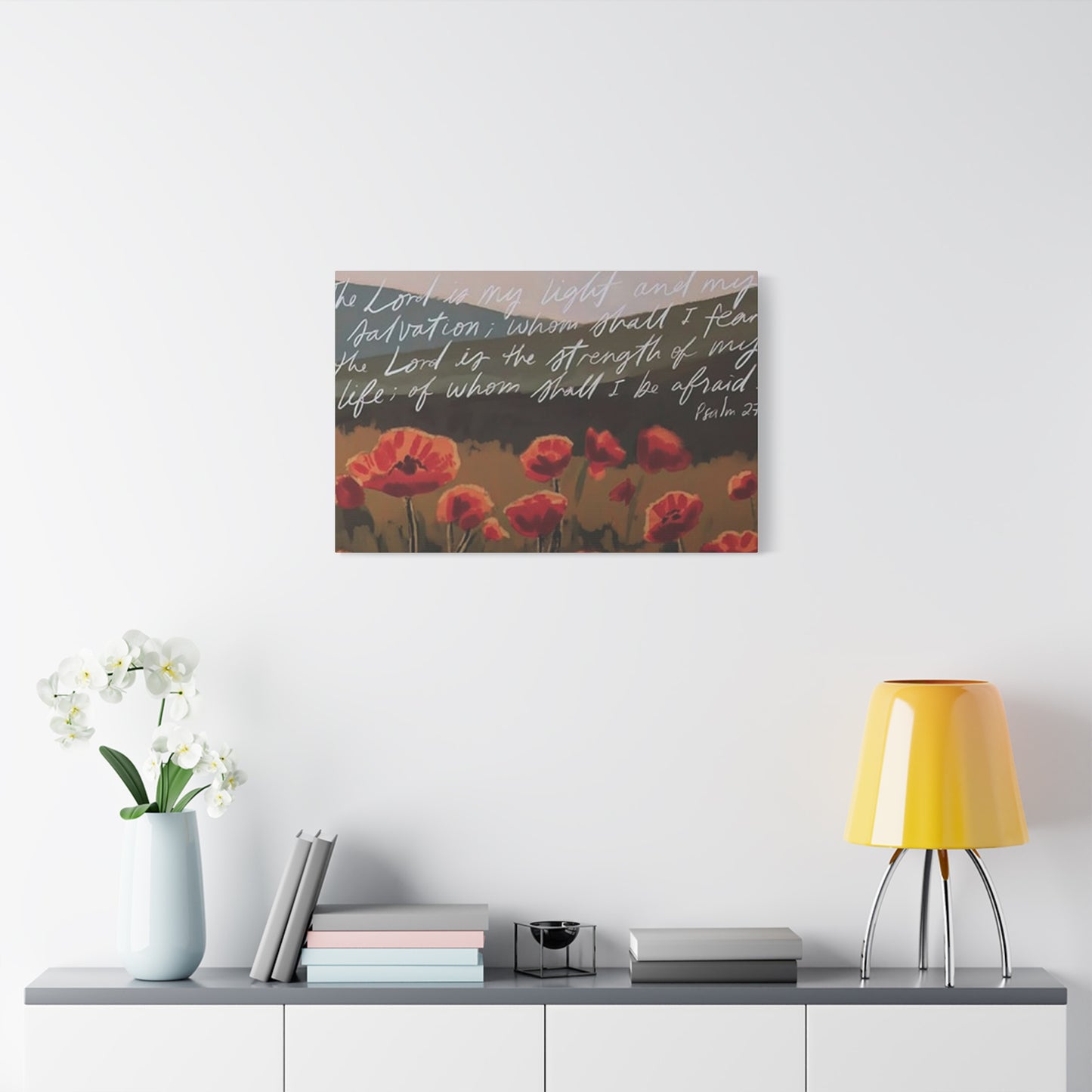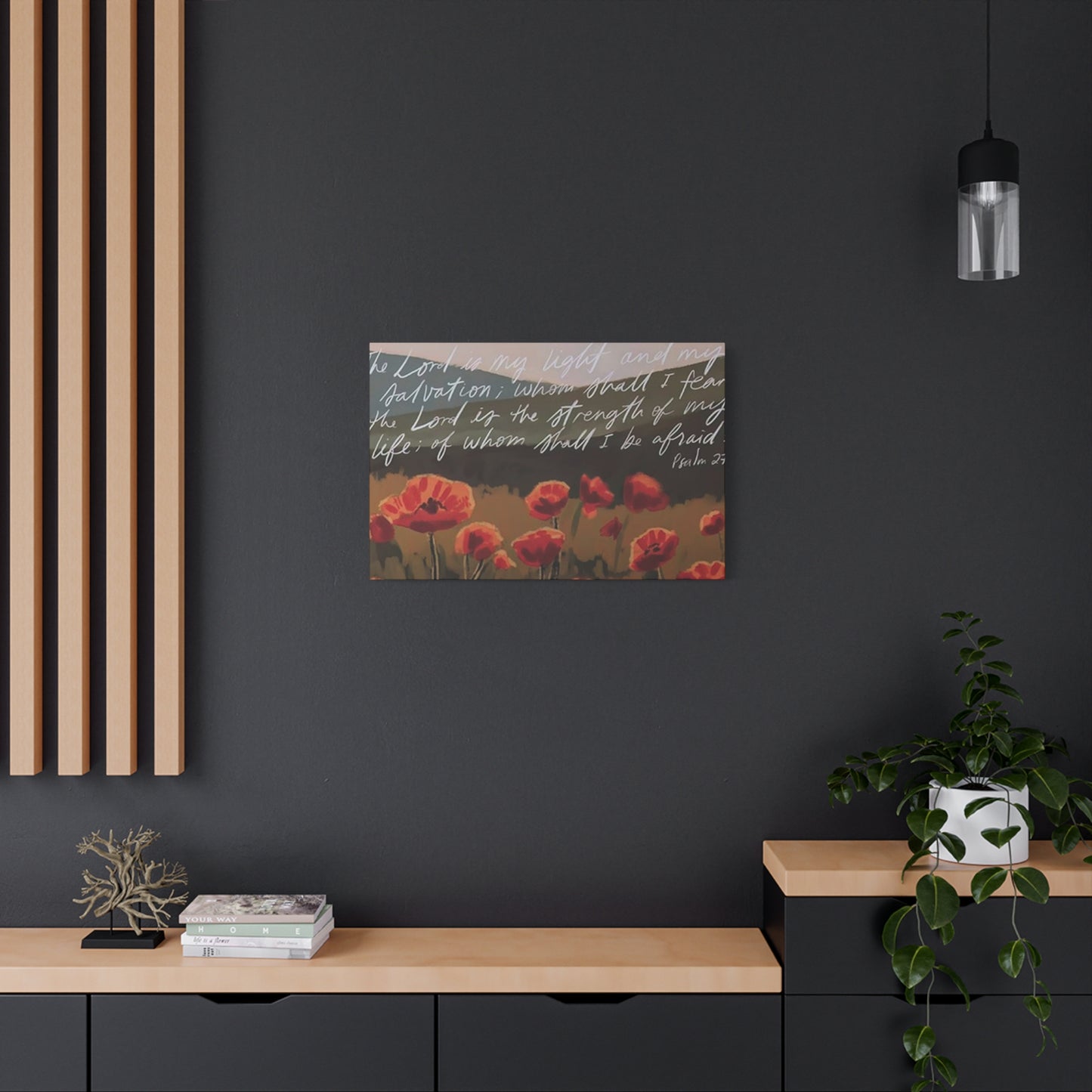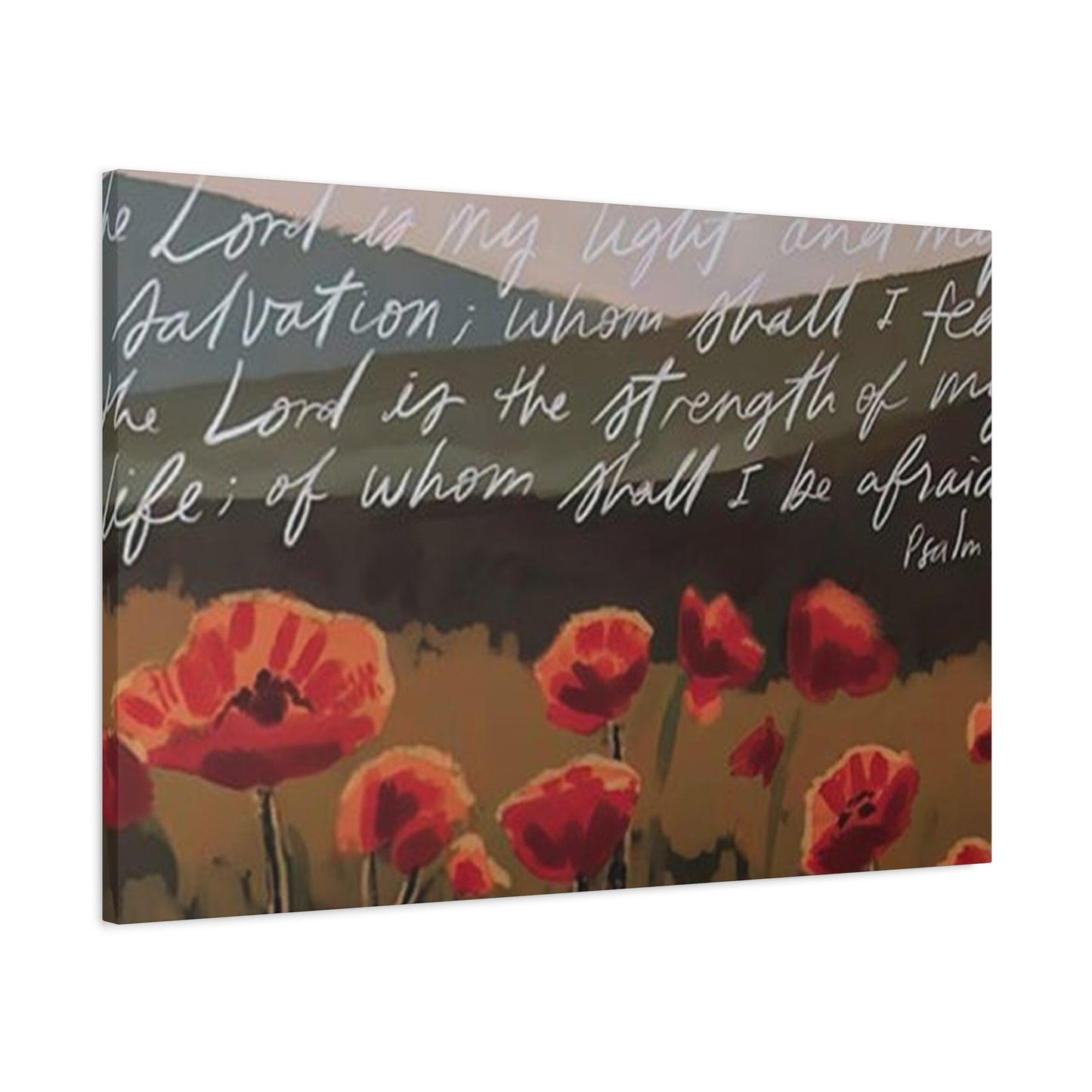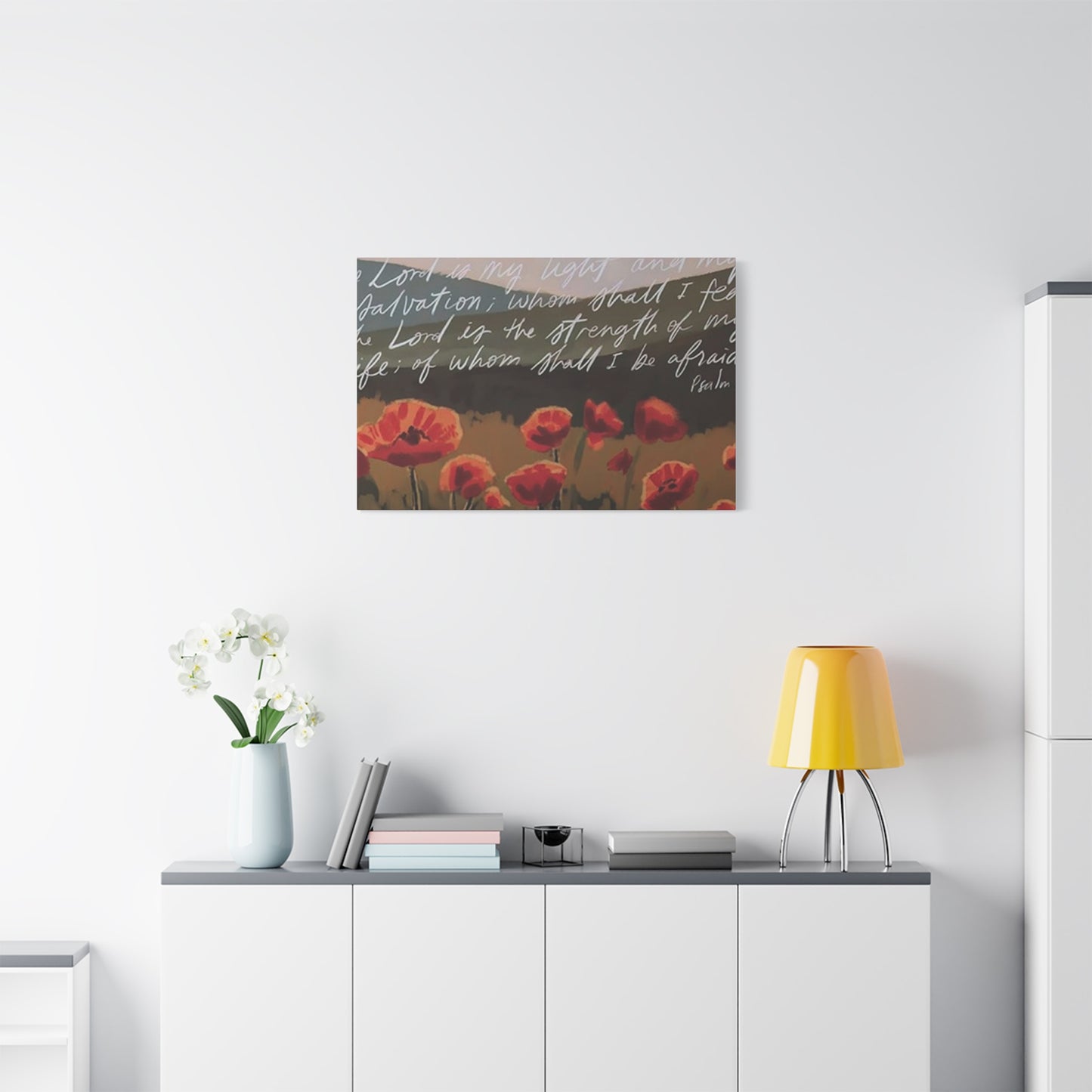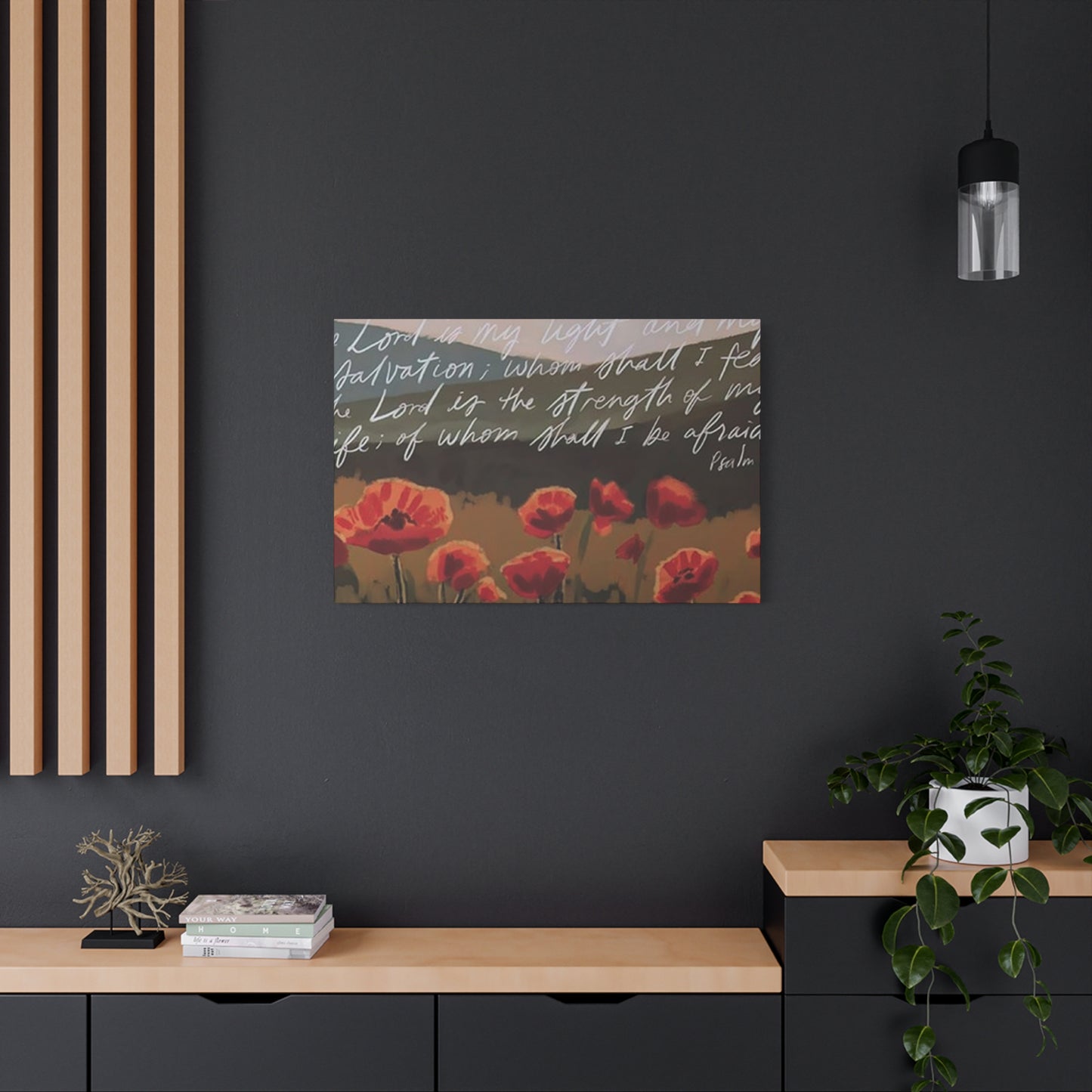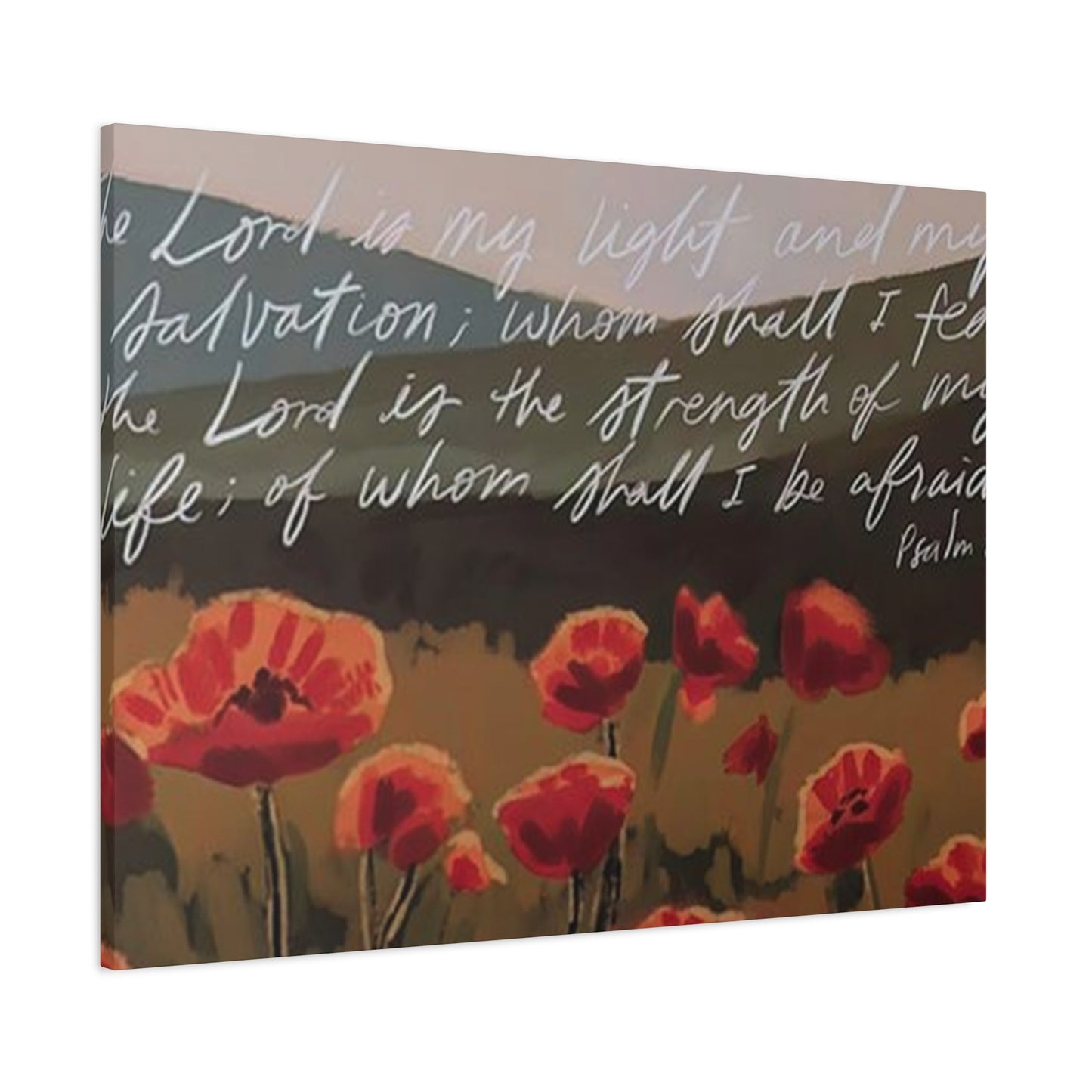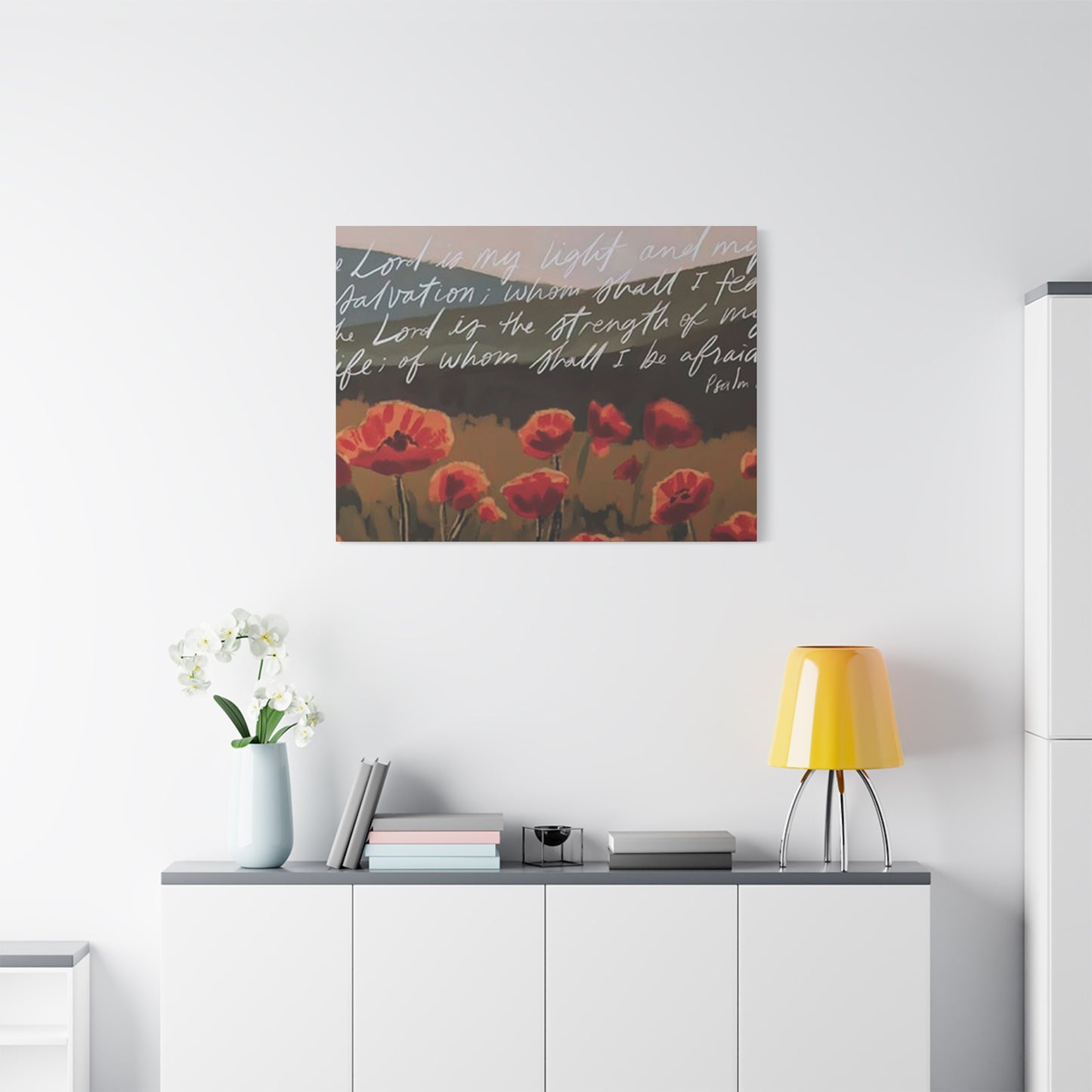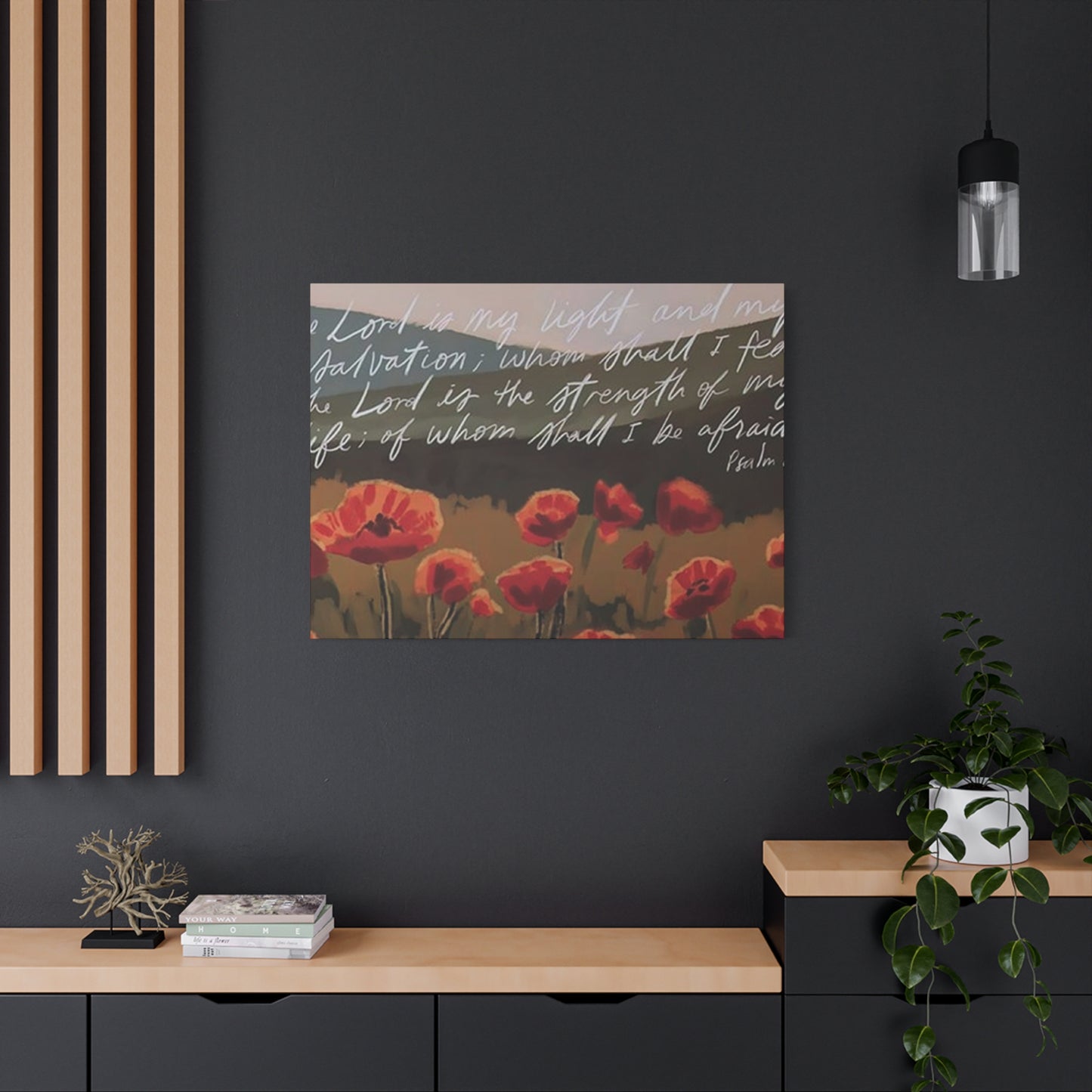Top Scripture Verses to Feature in Your Wall Art for Daily Encouragement
In today's world, creating meaningful environments that reflect our deepest beliefs and values has become increasingly important. Faith-inspired floral wall art represents a beautiful fusion of spiritual devotion and natural beauty, offering a unique way to transform living environments into sanctuaries of peace and inspiration. This artistic approach combines the timeless wisdom of scripture with the delicate beauty of blooming flowers, creating visual narratives that speak to both the heart and soul.
The concept of integrating faith elements with floral motifs extends far beyond simple decoration. It represents a deliberate choice to surround ourselves with reminders of divine love, hope, and encouragement while celebrating the magnificent beauty of creation. Whether displayed in homes, offices, or places of worship, these artistic expressions serve as daily sources of comfort, motivation, and spiritual reflection.
Understanding the profound impact that visual elements can have on our daily mindset and spiritual journey, many individuals are discovering the transformative power of thoughtfully curated religious artwork. The combination of scripture passages with botanical imagery creates a harmonious balance between the written word and visual beauty, allowing viewers to engage with their faith on multiple sensory levels.
Scripture with Blooms: The Perfect Harmony of Word and Nature
The marriage of sacred text with floral imagery creates a powerful artistic statement that resonates deeply with believers across various denominations. Scripture with blooms represents more than aesthetic choice; it embodies the recognition that divine truth and natural beauty are intrinsically connected. This artistic approach acknowledges that just as flowers demonstrate God's attention to detail and care for creation, so too do the words of scripture reveal His love and guidance for humanity.
When selecting biblical passages to pair with floral elements, many artists and decorators focus on verses that naturally complement botanical themes. Passages about growth, seasons, harvests, and the beauty of creation provide natural bridges between textual and visual elements. The lilies of the field, the fruits of the spirit, and references to gardens and vineyards offer rich source material for creating meaningful artistic compositions.
The visual impact of combining carefully chosen fonts with delicate flower illustrations or photographs creates depth and dimension that captures attention while inviting contemplation. Typography becomes an art form in itself, with letters that flow like petals and words that seem to grow organically from the botanical elements surrounding them. This careful attention to design detail ensures that both the scriptural message and floral beauty receive equal emphasis and appreciation.
Contemporary artists working in this genre often experiment with various techniques to achieve the perfect balance between readability and aesthetic appeal. Some prefer watercolor backgrounds with crisp, clear text overlay, while others opt for vintage-inspired designs that evoke feelings of timeless wisdom and enduring beauty. The choice of color palette plays a crucial role in establishing the overall mood and emotional impact of each piece.
The psychological effects of viewing scripture paired with natural imagery extend beyond mere visual pleasure. Research in environmental psychology suggests that exposure to images of nature, even in artistic form, can reduce stress levels and promote feelings of wellbeing. When combined with meaningful scriptural content, these effects are amplified, creating environments that actively contribute to spiritual and emotional health.
Inspirational Flower Art: Cultivating Hope Through Visual Beauty
Inspirational flower art serves as a bridge between the temporal beauty of earthly creation and the eternal truths of spiritual faith. This artistic genre recognizes that flowers, in their brief but spectacular display of color and form, mirror the fleeting yet precious nature of human life while pointing toward something greater and more enduring. Each bloom becomes a symbol of hope, renewal, and the promise of eternal life that transcends physical existence.
The selection of specific flowers for inspirational pieces often carries deep symbolic meaning rooted in both religious tradition and cultural understanding. Roses have long represented divine love and the Virgin Mary in Christian iconography, while lilies symbolize purity, resurrection, and the promise of eternal life. Sunflowers, with their tendency to turn toward the light, serve as powerful metaphors for seeking divine guidance and truth.
Artists creating inspirational flower art must consider not only the visual appeal of their chosen blooms but also their symbolic significance and emotional resonance with viewers. The goal extends beyond creating beautiful images to crafting visual experiences that inspire, encourage, and uplift the human spirit. This requires a deep understanding of both artistic technique and spiritual symbolism.
The process of creating inspirational flower art often begins with meditation and prayer, allowing artists to connect with their subject matter on a spiritual level before attempting to translate those feelings into visual form. This approach ensures that the finished pieces carry authentic spiritual energy rather than merely surface-level religious imagery. The difference is often immediately apparent to viewers who sense the genuine devotion and inspiration behind the artwork.
Modern printing and reproduction techniques have made it possible to bring inspirational flower art into homes and offices with unprecedented quality and affordability. Digital printing allows for vibrant colors and fine details that were once only available in original paintings or high-end reproductions. This democratization of religious art means that anyone can create meaningful environments filled with beauty and inspiration.
Flowers & Faith on Walls: Creating Sacred Galleries
The concept of displaying flowers and faith on walls transforms ordinary living and working environments into galleries of spiritual significance. This approach to home and office decoration recognizes that the walls surrounding us have the power to influence our thoughts, emotions, and spiritual state throughout each day. By carefully curating collections of faith-inspired floral artwork, individuals create personal sanctuaries that support their spiritual journey and daily devotional practices.
Creating effective displays of flowers and faith requires thoughtful consideration of both aesthetic principles and spiritual themes. The arrangement of multiple pieces should create visual flow while allowing each individual artwork to maintain its own identity and message. Color coordination, size relationships, and thematic connections all play important roles in developing cohesive displays that enhance rather than overwhelm living environments.
The placement of faith-inspired floral artwork within different areas of the home or office can serve specific purposes and support various activities. Peaceful botanical scripture pieces in bedrooms can promote restful sleep and positive morning inspiration, while more energetic floral faith statements in common areas can encourage family discussion and shared spiritual reflection. Kitchen displays might focus on themes of gratitude and provision, while office installations could emphasize guidance, wisdom, and ethical decision-making.
Lighting considerations become particularly important when displaying faith-inspired floral artwork on walls. Natural light can enhance the vibrancy of floral colors and create changing visual experiences throughout the day, while artificial lighting allows for consistent illumination and dramatic evening displays. The interplay between light and image can transform static artwork into dynamic spiritual experiences that evolve with the passing hours.
The psychological impact of surrounding ourselves with visual reminders of faith and natural beauty cannot be overstated. Environmental psychology research consistently demonstrates that our physical surroundings significantly influence our mental state, productivity, and overall wellbeing. By deliberately choosing to display flowers and faith on walls, individuals create supportive environments that reinforce positive spiritual practices and encourage regular reflection on matters of eternal significance.
Blooming Bible Verses: Where Scripture Takes Root
The concept of blooming bible verses recognizes that scriptural truth, like seeds planted in fertile soil, has the power to grow, flourish, and produce abundant fruit in the lives of believers. This artistic approach treats biblical passages not as static text but as living words capable of continuous growth and deeper understanding. Visual representations of blooming bible verses often incorporate imagery of seeds, sprouts, growing plants, and fully bloomed flowers to illustrate the progressive nature of spiritual maturity and understanding.
Selecting appropriate bible verses for floral artistic treatment requires careful consideration of both textual content and visual potential. Passages that naturally reference growth, seasons, plants, or agricultural metaphors provide obvious starting points, but skilled artists can find creative ways to pair almost any scripture with appropriate botanical imagery. The key lies in discovering the underlying themes and emotional content that connect divine truth with natural beauty.
The artistic process of creating blooming bible verses often involves multiple layers of meaning and visual elements. Background imagery might feature garden scenes, individual flower portraits, or abstract botanical patterns that complement without competing with the scriptural text. Typography choices become crucial in ensuring that the words themselves seem to grow organically from their floral surroundings rather than appearing artificially imposed upon them.
Color psychology plays a significant role in effective blooming bible verse designs. Different colors evoke specific emotional responses and carry particular symbolic meanings within various cultural and religious contexts. Warm colors like reds, oranges, and yellows can convey energy, passion, and divine love, while cooler blues and greens might suggest peace, growth, and eternal life. Purple traditionally represents royalty and divine majesty, making it particularly appropriate for verses about God's sovereignty and kingdom.
The educational value of blooming bible verses extends beyond their aesthetic appeal to include memory enhancement and deeper scriptural engagement. The visual association between specific verses and beautiful floral imagery can aid in memorization and recall, while the artistic presentation encourages viewers to spend more time contemplating the meaning and application of biblical truth. This multimedia approach to scripture study appeals to various learning styles and can be particularly effective with children and visual learners.
Floral Words of Wisdom: Timeless Truth in Natural Beauty
Floral words of wisdom combine the enduring insights of religious teaching with the ephemeral beauty of flowering plants, creating artistic expressions that speak to both temporal and eternal concerns. This genre recognizes that wisdom, like flowers, requires proper conditions to bloom and flourish, and that the presentation of truth in beautiful forms can make it more accessible and memorable to contemporary audiences.
The sources for floral words of wisdom extend beyond biblical scripture to include inspirational quotes from religious leaders, hymn lyrics, devotional writings, and traditional prayers. This broader scope allows for greater variety in artistic expression while maintaining focus on spiritually enriching content. The common thread connecting all such pieces is their ability to combine meaningful text with natural imagery in ways that enhance both elements.
Artistic techniques for presenting floral words of wisdom vary widely depending on the intended audience, setting, and specific message. Some pieces feature delicate watercolor flowers with elegant calligraphy, while others might use bold, contemporary typography with photographic floral backgrounds. The choice of artistic approach should always serve the ultimate goal of making wisdom more accessible and memorable to viewers.
The seasonal nature of flowers provides natural opportunities for creating collections of floral words of wisdom that change throughout the year. Spring pieces might focus on themes of renewal, hope, and new beginnings, while summer collections could emphasize growth, abundance, and joy. Autumn artwork might explore themes of harvest, gratitude, and preparation, while winter pieces could offer comfort, peace, and the promise of eventual renewal.
The commercial market for floral words of wisdom has expanded significantly with the growth of online platforms and print-on-demand services. This accessibility means that individuals can easily find or commission pieces that speak to their specific spiritual needs and aesthetic preferences. The ability to customize colors, fonts, and floral elements allows for truly personalized expressions of faith and wisdom.
Scripture Decor with Flowers: Designing Sacred Environments
Scripture decor with flowers represents a holistic approach to environmental design that recognizes the powerful influence of physical surroundings on spiritual life and emotional wellbeing. This design philosophy goes beyond simply hanging religious artwork to creating cohesive environments where every element contributes to an atmosphere of peace, inspiration, and spiritual growth. The careful integration of scriptural truth with natural beauty creates living environments that actively support and enhance daily spiritual practices.
The process of implementing scripture decor with flowers begins with thoughtful planning and consideration of how different areas within a home or workplace can serve various spiritual and practical functions. Entry areas might feature welcoming scripture paired with images of open flowers, setting a positive tone for all who enter. Living areas could display verses about peace, love, and fellowship alongside garden scenes or floral arrangements that encourage relaxation and meaningful conversation.
Color coordination becomes particularly important when developing comprehensive scripture decor with flowers schemes. The chosen palette should reflect both the spiritual themes being emphasized and the practical needs of the environment. Soft, muted colors might be appropriate for bedrooms and meditation areas, while brighter, more energetic colors could work well in kitchens and family rooms where activity and interaction are encouraged.
The seasonal adaptation of scripture decor with flowers allows for regular refreshment and renewal of living environments without requiring complete redecoration. Spring displays might feature verses about new life paired with images of budding trees and emerging flowers. Summer collections could focus on growth and abundance themes with lush garden imagery. Autumn decorations might emphasize harvest and gratitude with warm colors and mature blooms, while winter displays could offer comfort and hope through evergreen themes and promises of spring.
The psychological benefits of well-designed scripture decor with flowers extend to all family members and visitors, creating environments that naturally promote positive thinking, spiritual reflection, and emotional stability. Children growing up in such environments develop positive associations between faith and beauty, while adults find their daily stress levels reduced and their spiritual focus enhanced by constant exposure to meaningful and beautiful imagery.
Faithful Floral Prints: Reproducing Divine Beauty
Faithful floral prints serve as accessible vehicles for bringing religious inspiration and natural beauty into homes, offices, and places of worship worldwide. The development of high-quality printing technology has revolutionized the availability and affordability of religious artwork, making it possible for individuals regardless of economic circumstances to create meaningful environments filled with spiritual beauty and inspiration.
The creation process for faithful floral prints often begins with original artwork created by artists who specialize in religious themes and botanical illustration. These original pieces undergo careful digital reproduction to ensure that colors, textures, and fine details are preserved in the printing process. The quality of faithful floral prints has reached the point where they are often indistinguishable from original artwork when properly displayed and lit.
Market demand for faithful floral prints has grown significantly as more people recognize the importance of creating spiritually supportive environments in their homes and workplaces. Online retailers, church bookstores, and specialty art dealers now offer extensive collections of faithful floral prints in various sizes, styles, and price ranges. This market growth has encouraged artists to continue developing new designs and exploring innovative approaches to combining faith themes with floral imagery.
The versatility of faithful floral prints makes them suitable for a wide range of decorative applications and personal preferences. Large-scale prints can serve as focal points in living rooms or office areas, while smaller pieces work well in collections or as accent pieces in bedrooms and bathrooms. The availability of different frame styles and matting options allows individuals to customize their displays to match existing decor while maintaining the spiritual focus of the artwork.
The educational potential of faithful floral prints extends beyond their decorative function to include opportunities for spiritual discussion and reflection. Parents can use these pieces as starting points for conversations about faith, nature, and the relationship between divine truth and earthly beauty. Children often respond positively to the combination of colorful imagery and meaningful messages, making faithful floral prints valuable tools for religious education and family devotional time.
Blooms and Blessings: Celebrating Divine Provision
The concept of blooms and blessings recognizes the inherent connection between the beauty of creation and the abundant provision of a loving Creator. This artistic theme celebrates the countless ways that divine blessing manifests in both the spectacular displays of floral beauty and the daily provisions that sustain human life. Artwork featuring blooms and blessings themes often combines gratitude expressions with images of flowers, gardens, and natural abundance.
Religious traditions across denominational lines recognize flowers as symbols of divine blessing and provision. The biblical teaching about lilies of the field, which neither toil nor spin yet are clothed in greater glory than Solomon, provides a foundational text for blooms and blessings artwork. This passage reminds viewers that the same God who provides such beauty for temporary flowers cares even more deeply for human needs and wellbeing.
Artistic interpretations of blooms and blessings themes often incorporate imagery of abundance and provision alongside traditional floral elements. Cornucopia designs, harvest scenes, and garden imagery can all serve as visual metaphors for divine blessing and provision. The key is to create compositions that feel grateful and celebratory rather than demanding or entitled, reflecting appropriate spiritual attitudes toward divine generosity.
The seasonal relevance of blooms and blessings themes makes them particularly appropriate for harvest celebrations, thanksgiving observances, and other occasions focused on gratitude and recognition of divine provision. Autumn displays featuring mature flowers, fruit, and grain can serve as powerful reminders of God's faithfulness throughout the growing season and encourage continued trust in divine provision for future needs.
The personal application of blooms and blessings themes can serve as daily reminders to maintain grateful hearts and recognize the countless ways that divine blessing manifests in ordinary life. Even during difficult seasons, the beauty of flowers and the promise of future blooms can provide hope and encouragement while reinforcing trust in divine timing and provision.
Encouraging Scripture Art: Visual Messages of Hope
Encouraging scripture art serves a vital role in providing visual messages of hope, comfort, and inspiration during both challenging and celebratory seasons of life. This specialized genre of religious artwork focuses specifically on biblical passages and spiritual themes that uplift, motivate, and strengthen viewers in their faith journey. The combination of encouraging text with beautiful floral imagery creates powerful tools for emotional and spiritual support.
The selection process for encouraging scripture art requires careful attention to both the content of chosen passages and their potential impact on viewers facing various life circumstances. Verses about God's faithfulness, divine love, eternal hope, and overcoming difficulties provide excellent foundation material for encouraging artwork. The challenge lies in presenting these truths in ways that feel authentic and personally relevant rather than superficial or overly simplistic.
Artistic techniques for creating encouraging scripture art often emphasize brightness, warmth, and accessibility in both color choices and design elements. The goal is to create pieces that immediately convey hope and positivity while inviting deeper contemplation of the spiritual truths being presented. Floral elements should complement rather than overwhelm the textual content, serving as visual metaphors that reinforce the encouraging message.
The therapeutic value of encouraging scripture art extends beyond mere decoration to include genuine psychological and spiritual benefits for viewers. Exposure to positive visual messages combined with meaningful scriptural content can help combat negative thinking patterns, reduce anxiety, and promote emotional resilience. This makes encouraging scripture art particularly valuable in healthcare settings, counseling offices, and homes where individuals are dealing with significant challenges.
The versatility of encouraging scripture art allows for customization to address specific needs and circumstances. Pieces designed for children might feature bright colors and simple flower designs alongside age-appropriate scriptural promises. Artwork for adults facing health challenges might focus on verses about healing and divine comfort paired with images of peaceful gardens or gentle blooms.
Floral Scripture Quotes: Memorable Verses in Beautiful Settings
Floral scripture quotes represent a focused approach to combining specific biblical passages with carefully chosen botanical imagery to create memorable and impactful artistic pieces. This genre emphasizes the power of individual verses to convey complete spiritual truths while using floral elements to enhance memorability and emotional impact. The careful pairing of scripture with appropriate flower imagery can make biblical truth more accessible and meaningful to contemporary audiences.
The process of creating effective floral scripture quotes begins with careful verse selection based on both spiritual significance and visual potential. Some biblical passages naturally lend themselves to floral treatment through direct references to plants, gardens, or agricultural metaphors. Others require more creative interpretation to discover connections between spiritual truth and botanical imagery. The most successful pieces achieve perfect harmony between text and image.
Typography plays a crucial role in successful floral scripture quotes, with font choices affecting both readability and aesthetic appeal. Script fonts can convey elegance and traditional religious feeling, while modern sans-serif options might appeal to contemporary audiences seeking fresh approaches to familiar passages. The integration of text with floral elements requires careful attention to ensure that both remain clearly visible and impactful.
Color psychology becomes particularly important in floral scripture quotes, as the chosen palette must support both the emotional content of the scriptural passage and the natural characteristics of featured flowers. Verses about peace might be paired with soft blues and gentle pastels, while passages about joy and celebration could feature bright yellows and vibrant reds. The goal is to create visual harmony that reinforces rather than contradicts the textual message.
The memorization benefits of floral scripture quotes make them valuable tools for religious education and personal spiritual development. The visual association between specific verses and beautiful imagery can aid in recall and provide mental anchors for meditation and reflection. Many people find that they remember scripture more easily when it has been presented in visually appealing formats that engage multiple senses.
Garden of Faith Art: Cultivating Spiritual Growth
Garden of faith art explores the rich metaphorical connections between gardening practices and spiritual development, creating visual narratives that illustrate the processes of planting, nurturing, and harvesting spiritual truth. This artistic theme recognizes that faith, like plants in a garden, requires proper conditions, consistent care, and patient cultivation to produce abundant fruit. The imagery of gardens provides endless opportunities for creating meaningful religious artwork that speaks to both experienced believers and those beginning their spiritual journey.
The biblical foundation for garden of faith art is extensive, beginning with the Garden of Eden and continuing through numerous parables and passages that use agricultural and gardening metaphors to explain spiritual principles. Jesus frequently used images of sowing, reaping, pruning, and harvesting to illustrate truths about the kingdom of God and spiritual growth. These familiar metaphors provide rich source material for artists seeking to create meaningful religious artwork.
Artistic representations of garden of faith themes often feature various stages of plant growth and garden development to illustrate different aspects of spiritual maturity and development. Seed imagery might represent new faith or planted truth waiting to germinate, while sprouting plants could symbolize early spiritual growth and development. Mature plants heavy with fruit serve as metaphors for spiritual maturity and the production of godly character traits.
The seasonal aspects of gardening provide natural frameworks for organizing garden of faith art collections that change throughout the year. Spring pieces might focus on planting and new growth themes, while summer artwork could emphasize nurturing and cultivation. Autumn displays might celebrate harvest and fruitfulness, while winter pieces could explore themes of rest, preparation, and trust in divine timing for future growth.
The practical application of garden of faith art extends beyond decoration to include opportunities for spiritual reflection and personal application. Viewers can examine their own spiritual lives through the lens of gardening metaphors, considering what seeds need to be planted, what growth areas require attention, and what fruits they hope to produce through faithful cultivation of their relationship with God.
Bible Verses in Bloom: Scripture That Flourishes
Bible verses in bloom represents an artistic approach that presents scriptural truth as living, growing, and continuously relevant to contemporary life. This genre treats biblical passages not as historical artifacts but as dynamic truth that continues to flourish and produce fruit in the lives of believers today. The visual metaphor of blooming suggests that scripture, like flowers, can bring beauty, fragrance, and life to any environment where it is planted and nurtured.
The artistic challenge of creating bible verses in bloom lies in balancing textual clarity with visual beauty while maintaining the spiritual integrity of both elements. Typography must remain readable while appearing to grow naturally from or bloom alongside floral elements. Color choices should enhance both the visibility of text and the natural beauty of flowers while supporting the emotional content of chosen scripture passages.
The selection of appropriate bible verses for bloom treatment requires consideration of both spiritual significance and visual potential. Passages that naturally reference growth, flowering, or fruitfulness provide obvious choices, but creative artists can find ways to pair almost any scripture with appropriate botanical imagery. The key is discovering the underlying life-giving principles that connect divine truth with natural beauty and growth.
Different biblical books and authors provide varying opportunities for bible verses in bloom treatments. The Psalms offer numerous passages about flourishing and growth, while the New Testament epistles contain many verses about bearing fruit and spiritual maturity. Old Testament wisdom literature provides rich material about the growth and development of wisdom and understanding.
The educational value of bible verses in bloom extends to both children and adults, providing visual aids that help make abstract spiritual concepts more concrete and understandable. The association between spiritual truth and natural growth processes can help viewers better understand how faith develops over time and what conditions promote healthy spiritual development.
Hope and Flowers: Eternal Promises in Temporal Beauty
The pairing of hope themes with floral imagery creates powerful artistic statements about the relationship between temporal beauty and eternal promises. Hope and flowers artwork recognizes that while earthly blooms are temporary, they serve as powerful reminders of resurrection, renewal, and the eternal hope available through faith. This artistic genre often features flowers in various stages of bloom and decay to illustrate the cycles of earthly life while pointing toward hope that transcends physical existence.
The theological foundation for hope and flowers art draws from numerous biblical passages that use floral and agricultural metaphors to explain spiritual truths about eternal life and resurrection hope. The temporary nature of earthly beauty serves as a backdrop for discussing the permanent nature of spiritual hope and divine promises. This contrast creates opportunities for meaningful artistic expression that addresses both earthly concerns and eternal perspectives.
Artistic techniques for creating hope and flowers pieces often incorporate imagery that suggests continuity beyond visible bloom cycles. Seeds, bulbs, and root systems can represent hidden life that persists even when surface beauty fades. Spring flowers emerging from winter ground serve as powerful metaphors for resurrection hope and the promise of new life beyond physical death.
The emotional impact of hope and flowers artwork can provide significant comfort and encouragement for individuals facing difficult circumstances or grieving losses. The combination of beautiful imagery with hopeful messages creates supportive environments that acknowledge present challenges while affirming ultimate victory and eternal joy. These pieces often serve important roles in healthcare settings, funeral homes, and counseling offices.
The seasonal relevance of hope and flowers themes makes them particularly meaningful during spring celebrations of resurrection and renewal, but their message of enduring hope remains relevant throughout the year. Different flowers and seasonal imagery can be used to explore various aspects of hope while maintaining consistency in the underlying spiritual message.
Sacred Floral Wall Art: Transforming Ordinary Walls into Holy Ground
Sacred floral wall art represents the intentional transformation of ordinary living and working environments into places of spiritual significance and beauty. This approach to religious decoration recognizes that the walls surrounding us have the power to influence our thoughts, prayers, and spiritual practices throughout each day. By carefully selecting and displaying sacred floral artwork, individuals create personal sanctuaries that support and enhance their relationship with the divine.
The concept of sacred art has deep historical roots in religious traditions worldwide, with flowers and botanical imagery playing significant roles in church architecture, manuscript illumination, and devotional artwork throughout the centuries. Contemporary sacred floral wall art continues this tradition while adapting to modern lifestyles and aesthetic preferences. The goal remains consistent: creating visual environments that promote worship, meditation, and spiritual reflection.
Design principles for sacred floral wall art emphasize reverence, beauty, and spiritual significance over purely decorative concerns. Color choices, compositional elements, and symbolic content all serve the primary purpose of directing viewers' hearts and minds toward divine truth and spiritual reality. This doesn't mean that sacred artwork must be somber or traditional, but it does require thoughtful consideration of how each element contributes to the overall spiritual impact.
The placement of sacred floral wall art within different areas of homes and offices can serve specific spiritual functions while enhancing the beauty of those environments. Prayer and meditation areas might feature peaceful garden scenes with contemplative scripture passages, while family gathering areas could display artwork that celebrates divine love and blessing. Entrance areas might welcome visitors with images of abundant flowers and verses about hospitality and divine provision.
The impact of sacred floral wall art extends beyond the immediate viewers to influence all who enter decorated environments. Visitors often comment on the peaceful, welcoming atmosphere created by thoughtfully chosen religious artwork. This environmental testimony can open doors for spiritual conversations and demonstrate the importance of faith in daily life without requiring verbal explanation or advocacy.
Scripture with Petals: Delicate Truth in Gentle Forms
Scripture with petals represents an artistic approach that emphasizes the gentle, nurturing aspects of divine truth through association with the delicate beauty of flower petals. This genre recognizes that spiritual truth often comes to us in gentle forms that require careful attention and tender reception rather than overwhelming displays of power. The imagery of petals suggests the layered nature of scriptural understanding and the gradual unfolding of spiritual insight over time.
The artistic challenge of creating scripture with petals lies in achieving the right balance between textual prominence and visual beauty while maintaining the gentle, delicate feeling suggested by petal imagery. Typography must remain clear and readable while appearing to float gently among or emerge naturally from petal designs. Color palettes typically emphasize soft, muted tones that support the overall feeling of gentleness and peace.
Biblical passages chosen for scripture with petals treatments often focus on themes of divine love, comfort, guidance, and gentle correction rather than judgment or confrontation. Verses about God's tender care, quiet leading, and patient instruction provide appropriate textual content for pairing with delicate petal imagery. The goal is to create artwork that invites quiet contemplation and gentle reflection rather than dramatic spiritual experience.
The therapeutic value of scripture with petals artwork makes it particularly appropriate for healthcare settings, counseling offices, and homes where individuals are dealing with trauma, grief, or other challenging circumstances. The gentle visual approach combined with comforting scriptural content can provide emotional support and spiritual encouragement without overwhelming already stressed individuals.
The versatility of petal imagery allows for year-round relevance while adapting to seasonal changes in available flowers and color preferences. Spring pieces might feature tender new petals and verses about fresh starts, while summer collections could explore themes of growth and development through imagery of full blooms and mature petals.
Faith-Inspired Flower Prints: Artistic Expressions of Belief
Faith-inspired flower prints serve as accessible vehicles for sharing personal beliefs and spiritual convictions through beautiful artistic expressions. This genre goes beyond simple decoration to include genuine testimony and evangelistic potential, creating opportunities for meaningful conversations about faith while enhancing the beauty of living and working environments. The combination of artistic excellence with spiritual content appeals to both believers and those curious about religious faith.
The creation process for faith-inspired flower prints often begins with artists' personal spiritual experiences and desires to share those experiences through visual media. Many artists report that their most successful pieces emerge from periods of prayer, meditation, and spiritual reflection rather than purely aesthetic considerations. This authentic spiritual foundation contributes to the emotional impact and lasting appeal of finished artwork.
Market demand for faith-inspired flower prints has grown significantly as more people seek meaningful alternatives to purely secular artwork for their homes and offices. Online platforms, church bookstores, and specialty art dealers now offer extensive collections of faith-inspired prints in various styles, sizes, and price ranges. This market growth has encouraged artists to continue developing innovative approaches to combining faith themes with floral imagery.
The evangelistic potential of faith-inspired flower prints should not be overlooked, as these pieces often serve as conversation starters and gentle introductions to spiritual topics. Visitors to homes and offices decorated with faith-inspired artwork frequently ask about the meaning and significance of displayed pieces, creating natural opportunities for sharing personal testimonies and spiritual insights.
The educational value of faith-inspired flower prints extends to both children and adults, providing visual aids that help make abstract spiritual concepts more concrete and understandable. Families often use these pieces as starting points for devotional discussions and religious instruction, while adults find that the combination of beauty and meaning helps maintain focus during personal prayer and meditation time.
Blooms and Blessings on Walls: Decorating with Divine Purpose
The concept of blooms and blessings on walls transforms traditional home and office decoration into purposeful expressions of faith and gratitude. This approach recognizes that the artwork we choose to display reflects our values, priorities, and spiritual commitments while influencing the atmosphere and energy of our environments. By selecting pieces that celebrate both natural beauty and divine blessing, individuals create supportive environments that reinforce positive spiritual practices.
Planning effective displays of blooms and blessings on walls requires careful consideration of both aesthetic principles and spiritual themes. The arrangement of multiple pieces should create visual flow while maintaining clear focus on individual messages and images. Color coordination, size relationships, and thematic connections all play important roles in developing cohesive displays that enhance rather than overwhelm existing decor.
The psychological impact of surrounding ourselves with visual reminders of divine blessing and natural beauty can significantly influence daily mood, spiritual focus, and overall wellbeing. Environmental psychology research demonstrates that exposure to images of nature and positive messages can reduce stress levels, improve creativity, and promote emotional resilience. When combined with expressions of faith and gratitude, these effects are amplified.
Seasonal adaptation of blooms and blessings displays allows for regular refreshment and renewal without requiring complete redecoration. Spring arrangements might focus on themes of new life and fresh starts, while summer displays could celebrate abundance and growth. Autumn decorations might emphasize harvest themes and gratitude, while winter pieces could offer comfort and hope during darker months.
The witnessing potential of blooms and blessings wall displays should not be underestimated, as these arrangements often generate questions and comments from visitors. The combination of beautiful imagery with meaningful spiritual content creates natural opportunities for sharing personal testimonies and discussing the role of faith in daily life.
Spiritual Floral Decor: Creating Environments for Soul Nourishment
Spiritual floral decor encompasses a holistic approach to environmental design that recognizes the interconnection between physical surroundings and spiritual wellbeing. This design philosophy goes beyond simply adding religious artwork to creating comprehensive environments where every element contributes to soul nourishment and spiritual growth. The careful integration of floral beauty with spiritual themes creates living environments that actively support daily devotional practices and ongoing spiritual development.
The planning process for spiritual floral decor begins with prayerful consideration of how different areas within homes and offices can serve various spiritual and practical functions. Entrance areas might feature welcoming floral arrangements and scripture passages about hospitality, setting positive tones for all interactions. Living areas could display artwork that promotes peace, fellowship, and meaningful conversation, while private areas might focus on themes of rest, reflection, and personal communion with the divine.
Color psychology plays a crucial role in effective spiritual floral decor, with different hues evoking specific emotional responses and supporting particular spiritual activities. Soft blues and greens can promote peace and meditation, while warm yellows and oranges might encourage joy and celebration. Purple traditionally represents spiritual royalty and divine majesty, while white suggests purity and holiness.
The integration of fresh flowers with permanent artwork creates dynamic spiritual environments that change with seasons while maintaining consistent themes and messages. Fresh arrangements can highlight seasonal spiritual emphases while complementing displayed artwork and reinforcing overall decorative themes. This combination of temporary and permanent elements keeps environments fresh and engaging while maintaining spiritual focus.
The impact of spiritual floral decor extends to all who enter treated environments, creating opportunities for ministry and witness through environmental testimony. Visitors often comment on the peaceful, uplifting atmosphere created by thoughtful spiritual decoration, opening doors for meaningful conversations about faith and spiritual life.
Scripture and Nature Unite: Harmony Between Divine Word and Creation
The artistic theme of scripture and nature unite recognizes the fundamental harmony between divine revelation through written word and divine revelation through created beauty. This approach to religious art celebrates the consistency between biblical truth and natural law, finding in both the same divine character and loving purpose. Artwork that unites scripture and nature often features biblical passages alongside images that demonstrate the scientific accuracy, poetic beauty, and spiritual significance of natural phenomena.
Biblical foundation for uniting scripture and nature themes can be found throughout both Old and New Testaments, with numerous passages celebrating the revelation of divine character through created beauty. The Psalms frequently praise God for His works in nature, while Romans speaks of divine attributes being clearly seen through the things that have been made. This theological foundation provides rich source material for artistic exploration.
Scientific accuracy becomes important when creating artwork that unites scripture and nature, as informed viewers may notice and be distracted by botanical or other natural errors in artistic representations. Artists working in this genre often research the specific characteristics of featured plants, flowers, and natural phenomena to ensure that their representations support rather than contradict the spiritual messages being conveyed.
Educational opportunities abound in scripture and nature artwork, particularly for children and families interested in exploring the connections between faith and science. These pieces can serve as starting points for discussions about divine creativity, intelligent design, and the relationship between scientific discovery and spiritual truth. The visual combination of scriptural passages with accurate natural imagery helps viewers see creation through spiritual eyes.
The apologetic value of scripture and nature artwork can be significant, particularly for individuals who struggle to see connections between religious faith and scientific understanding. By demonstrating the harmony between biblical truth and natural observation, these pieces can help bridge perceived gaps between faith and reason while celebrating the unity of divine revelation.
Conclusion
Incorporating Scripture verses into your wall art is a meaningful way to infuse your living space with daily encouragement, spiritual grounding, and timeless truth. Whether you're decorating a cozy corner, your entryway, a family room, or a personal study, featuring powerful Bible verses on your walls turns your home into more than just a physical space—it becomes a sanctuary of faith, hope, and inspiration.
The beauty of Scripture-based wall art lies in its ability to speak to the heart. Carefully chosen verses like Jeremiah 29:11, Philippians 4:13, or Psalm 46:10 do more than just decorate—they uplift, comfort, and remind us of God’s promises. These verses become spiritual signposts in our daily lives, offering strength in moments of doubt, peace in times of stress, and gratitude in seasons of joy. Positioned in spaces we frequent—above a desk, by the front door, over the dining table—these sacred words meet us where we are, just when we need them most.
From an aesthetic standpoint, Scripture wall art also blends beautifully with a wide range of interior styles. Whether you prefer minimalist typography, rustic farmhouse charm, modern prints, or classic calligraphy, there’s a way to display God’s Word that aligns with your taste and décor. Pairing visual beauty with eternal truth creates an atmosphere that is not only pleasing to the eye but nurturing to the soul.
Moreover, scripture-themed art is more than personal decor—it can also be a form of witness. Guests who enter your home will see the verses you’ve chosen and may find encouragement or even curiosity sparked through them. It’s a subtle yet powerful way to share your faith and values without saying a word.
For families, displaying Bible verses can also reinforce spiritual growth and unity. Verses placed in shared spaces serve as daily reminders for children and adults alike, fostering conversations, reflections, and a deeper connection to God’s Word. Over time, these scriptures become imprinted not only on your walls but in your heart.
Ultimately, choosing Scripture verses for your wall art is a personal and faith-filled decision. It reflects what matters most to you and creates an environment where spiritual encouragement flows naturally. Whether you’re seeking motivation, peace, strength, or simply the joy of God’s presence, there is a verse that speaks directly to that need—and a way to display it that reflects your unique style and heart.
Let your walls be more than decorative—let them speak life. Let them proclaim truth. And most importantly, let them serve as daily reminders that you are never alone, and God's promises are always near.

















